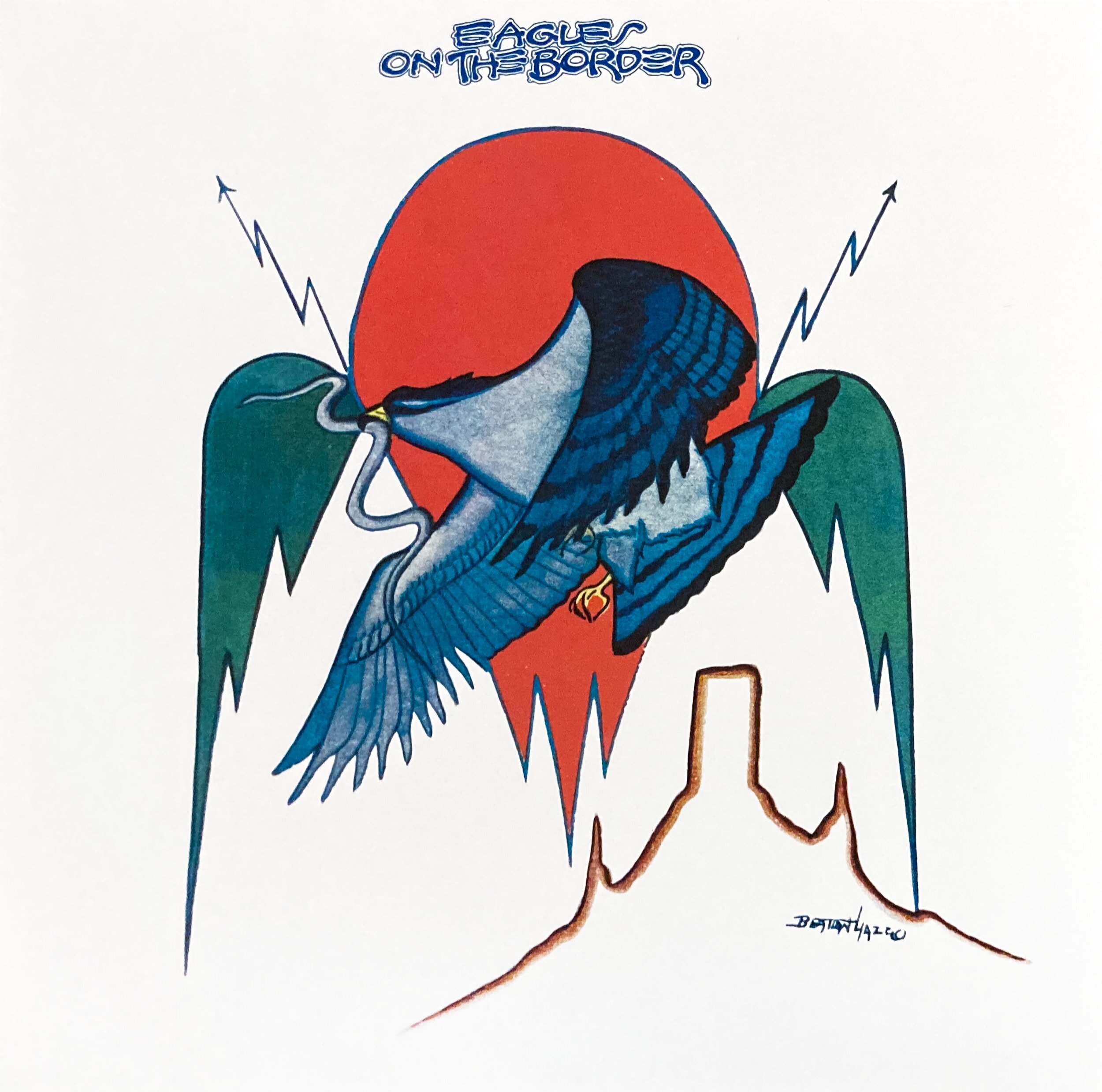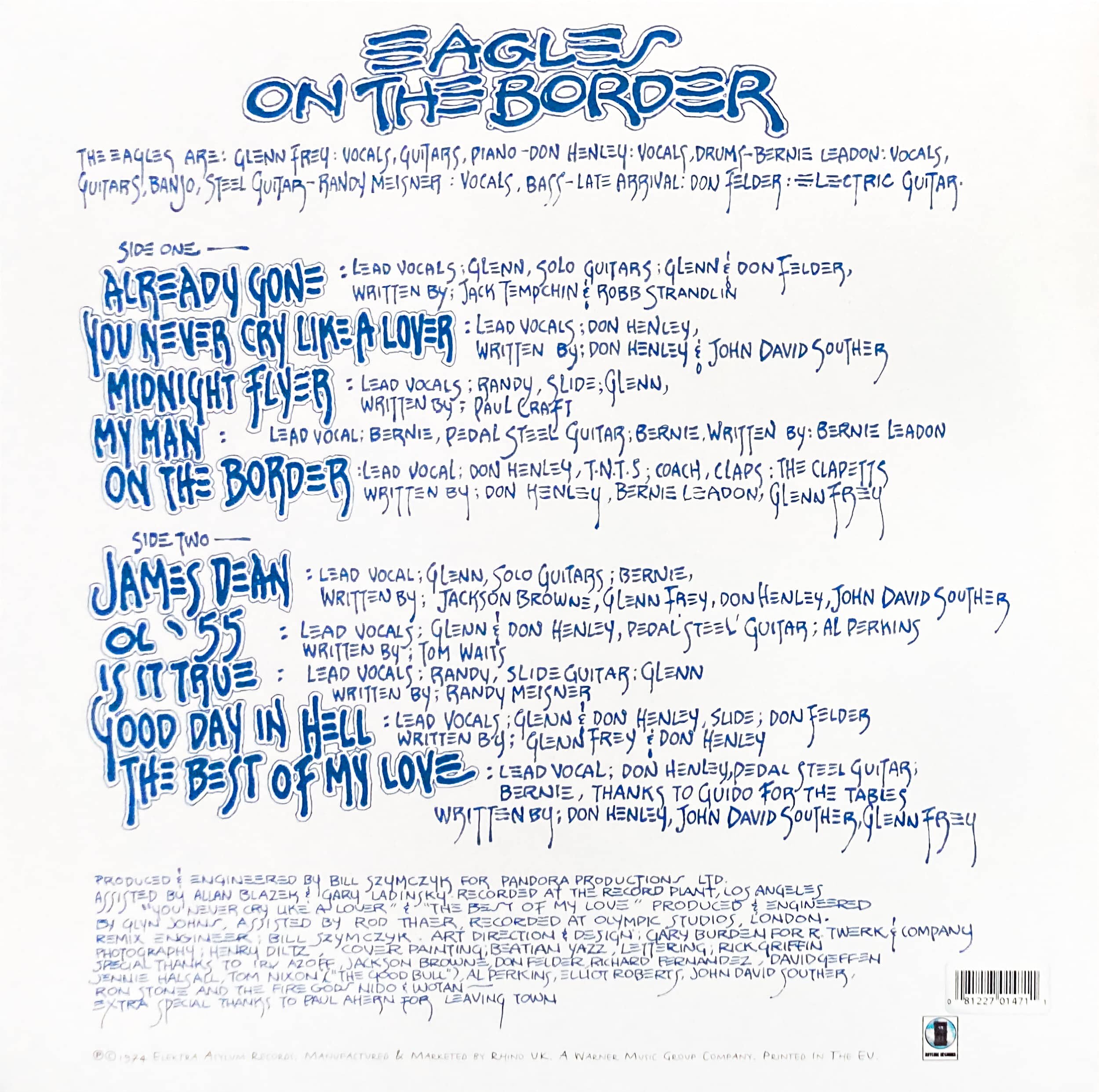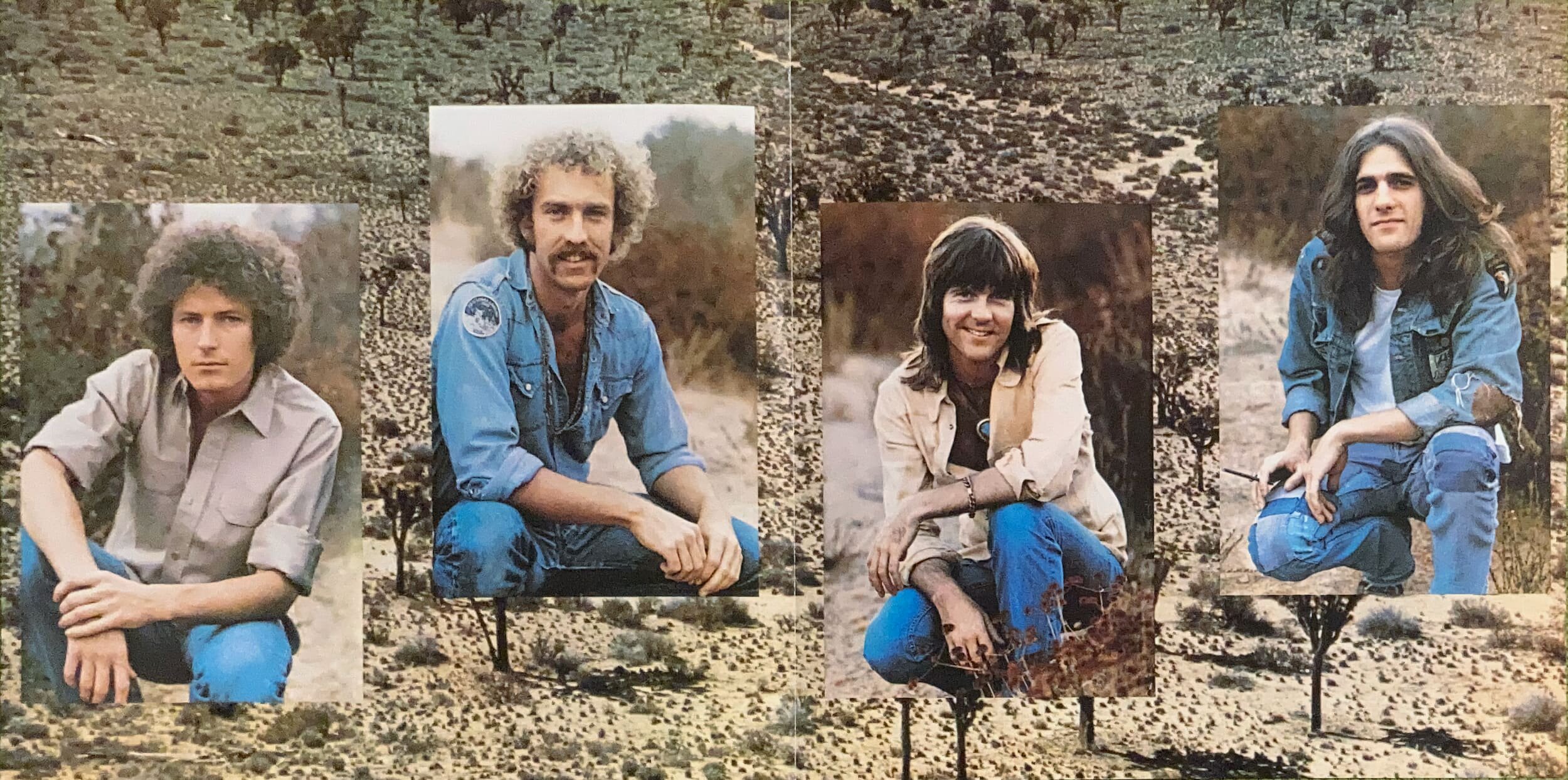Kansas’ self-titled debut album, released in 1974, represented a bold and confident entrance into the burgeoning world of progressive rock, a genre that, at the time, was primarily dominated by British acts like Yes, King Crimson, and Genesis. However, Kansas brought something unique to the table with their distinctly American blend of rock, incorporating elements of folk, jazz, and classical music with a heavier, almost Southern rock edge.
Emerging from the Midwest, the band honed their sound playing countless live shows before landing a record deal, and this self-titled release reflects the tight chemistry and musicianship they had developed on the road. Their signature style, where violin, keyboards, and guitars weave into intricate tapestries of sound, was already taking shape and is apparent throughout the album’s eight tracks, which effortlessly switch between driving rock anthems and sprawling, multi-part epics.
Naturally, with such a cohesive and dynamic sound, the sonic reproduction needs to replicate the production values and in this instance, the 2004 remastering, from which the streamed Expanded Edition derives is perfectly balanced and thoroughly enjoyable. It isn’t the greatest mastering, however, for it sounds a little concealed in places. Of course, that could be due to the recording and mixing styles, and I’ve certainly heard Kansas’ music, in the past, sound a little too thin for my liking. That said, I’d suggest that the mastering for this self-titled debut is one step above what I hear on my beloved Monolith, but you’ll still need to adjust your EQ or tone controls to get the very best out of the album.
Can I Tell You opens the album with a punchy dynamic fusion of hard rock and prog with a touch of funk. Highlighting the band’s tight musicianship right from the start, particularly between Robby Steinhardt’s fiery violin work and Steve Walsh’s powerful vocals, Can I Tell You is a hidden gem that introduces Kansas’ signature sound, balancing melodic hooks with a sense of musical adventure.
Bringing It Back is a solid J.J. Cale cover, but I’d argue that Kansas’ strengths lie in their original compositions. Still, it showcases the band’s ability to groove while simultaneously delving into prog-rock territory.
Lonely Wind is a simply magnificent ballad. Driven by the piano, and featuring a lush arrangement, Lonely Wind is one of their greatest recordings; one that makes this debut album worthy of any music lover’s collection.
Belexes is a quintessential Kansas track, blending progressive rock complexities with hard rock aggression. Belexes is, subsequently, another of the album's highlights as the intricate musical bed magnificently shifts through a series of time signatures and tempo changes, all while maintaining a cohesive driving force.
Journey From Mariabronn is an epic tune that showcases Kansas’ progressive rock ambitions in full force. Musically, the track is akin to a tour de force, with dramatic shifts in dynamics and tempo, but it’s the interplay between all musical elements that not only captivates but creates the song’s expansive soundscape.
The Pilgrimage has a jazz-inspired introduction that initially makes one wonder if they’re listening to the right album. That is, until the folky upbeat nature of the song enters into the mix with a strong emphasis on melody and harmony. While The Pilgrimage is unlikely to be anyone’s favourite Kansas tune, it offers a nice reprieve from the heavier, more intricate songs, thereby showcasing Kansas’ versatility.
Aperçu is the second of the album’s extended tracks and is another deep dive into the band’s progressive style. Clocking in at nearly ten minutes, Aperçu is a sprawling journey through multiple musical landscapes and is one of Kansas’ most ambitious tunes.
Death Of Mother Nature Suite flows seamlessly from Aperçu and is a killer tune that encompasses all aspects of Kansas. From their ballad style to their hard rock and progressive approach, Death Of Mother Nature Suite has it all and is an ideal closer for it allows for reflection as well as compelling the listener to play the album again. It’s also amongst Kansas’ greatest compositions and it’s, therefore, a shame that casual listeners likely won't hear this exceptional tune; for it’s a deep cut, one that all music lovers should listen to.
Kansas’ self-titled debut is a fascinating introduction to a band that would go on to become one of the defining acts of American progressive rock. The raw talent and ambitious songwriting, heard on this release, is undeniable and the band’s ability to balance accessible melodies with complex arrangements sets them apart from their contemporaries. The result is that Kansas is an essential listen for fans of 70s prog rock and rock in general.
![Kansas – Kansas (Self-Titled) [Album Review]](https://images.squarespace-cdn.com/content/v1/565c1ab5e4b05079e4bfa169/1729055326735-A3FSIRSECNVK2QXX9W0J/Kansas+Self-Titled+Album+Cover.jpg)








![Blue Magic – Blue Magic (Self-Titled) [Album Review]](https://images.squarespace-cdn.com/content/v1/565c1ab5e4b05079e4bfa169/1728514050384-R84VGIKZCL2EZK3DQ3GJ/Blue+Magic+Self-Titled+Album+Cover.jpg)


